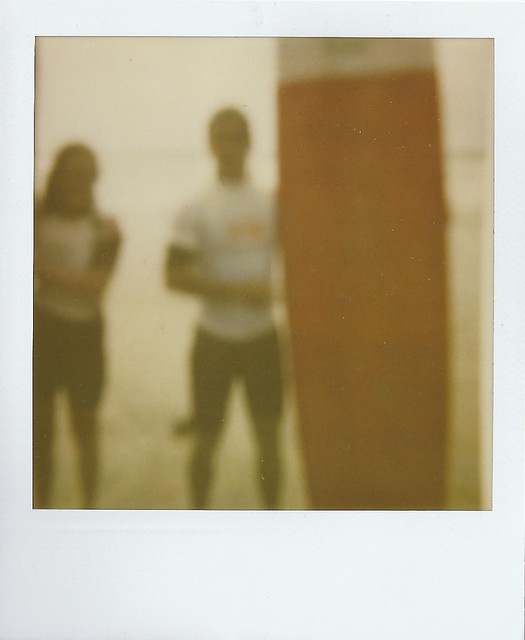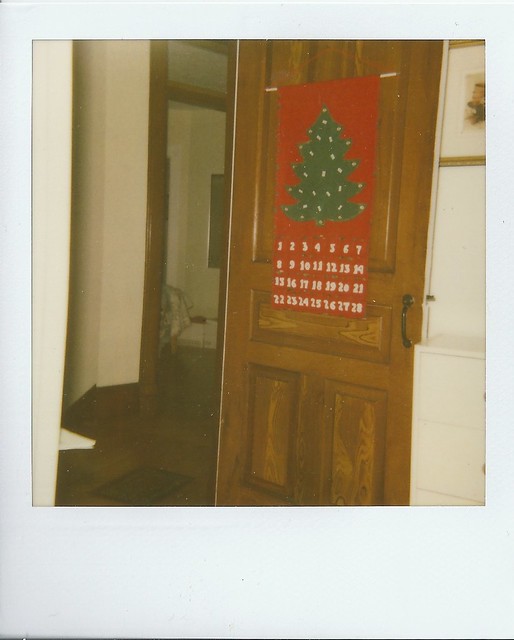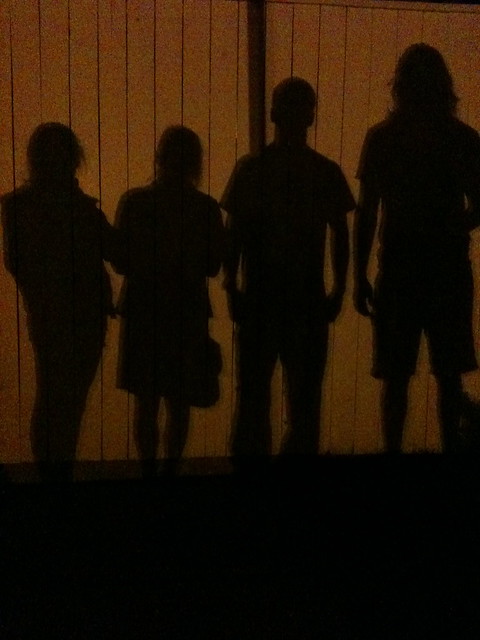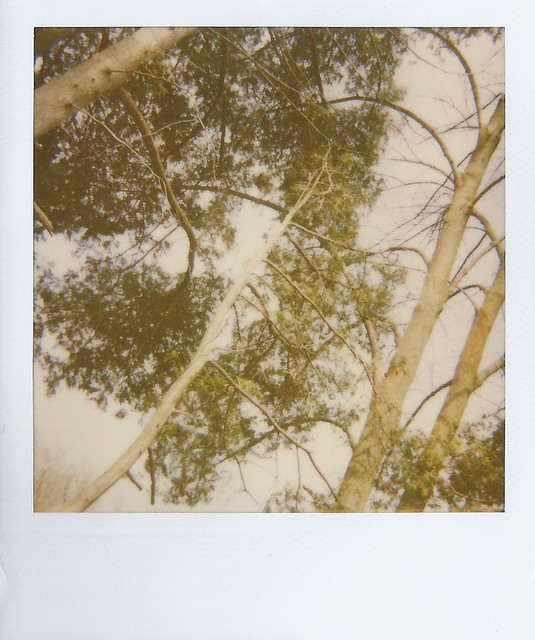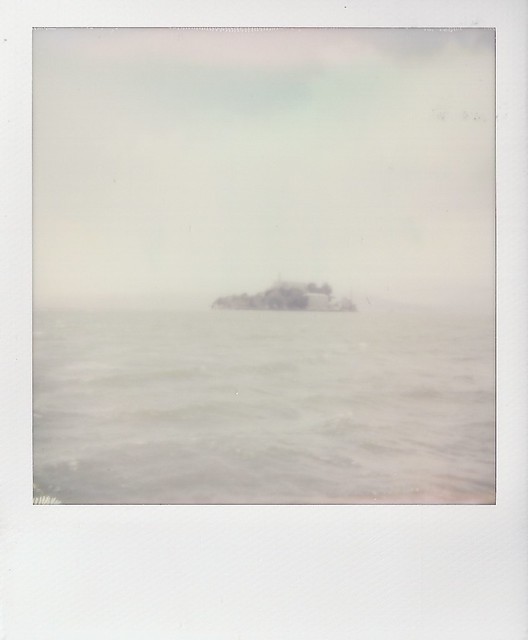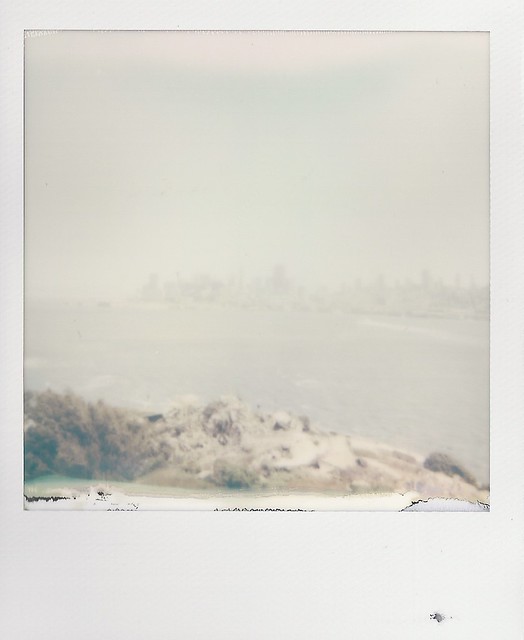I have a problem.
I sleep in. No matter how early I go to bed, no matter where I am in the world, I am always tired in the morning. So when I have to get up, I never can. Now, I understand that this is a thing that most people experience, but it seems serious in my case. Like, I want to get up, but I actually can’t do it. My eyelids will not stay open without toothpicks propping them up, but that makes me feel like I’m in a toothpick prison so it’s not worth it. Thus, I hit whatever button I can find to make that horrific beeping stop, and I roll over, back into my second life which is that lived in dreamland. And then I wake up five minutes later because the button I happened to hit was the snooze button when the one I was aiming for was the let-me-sleep-forever button, and I still want to sleep. At this point however, things are getting clearer. I can actually open my eyes, for starters. I also now know where I am, and I can quantify how much I want to stay in bed. And of course, I can think about all the things I have to do: class, essays, laundry, cleaning. So the clock gives me five more minutes (wrong button again!) and at the end of that time, which is starting to feeling like a taunt, I can see even clearer. Now I can see past where I am and what I have to do, and I can see what I want to do. I remember that I had an amazing idea for a novel last night and that I planned to write it today, and I remember that my friend who I haven’t seen in ten years wanted to meet for lunch. I remember that there was an internship I wanted to apply for and I remember that there were people who needed saving today. But it’s just so much. It’s too much. I can open my eyes now, but I choose to close them. Then I hit the clock (where is that let-me-sleep-forever button?!) and officially drown myself in the counterproductive cycle that is the snooze button. There is so much to do that I just go back to sleep. And it seems to happen every single morning.
So. That’s where my problem stands. Sleeping in is my worst habit. I love the morning, I don’t want to sleep in, but here I am. This morning however, I woke up a little earlier than usual and had some time to sit in the corner and think about what I’ve done, and also about how sleeping in might very negatively affect our society in the long run. And I had a little more time, so I put my thoughts into a poem:
The Snooze Button
It’s 12PM and all is quiet
In this town no dogs bark
No bicycle wheels spoke
No vendors speak.
One more hour and we might be up.
Nothing’s getting done, except in our dreams
Where we can do anything, and it’s safer to try
“There’s so much I can do that it hurts my head,
So this morning I think I’ll just stay in my bed.”
I could do anything here, too
I could write a song
I could write a book
I could get on the subway and meet someone new
I could walk somewhere.
“Sleeping in will be our downfall.”
“As if it will cause any movement at all.”
So see? I don’t get nothing done; in my waking hours I think I actually get quite a bit done… I think. But I just wish I had more time. I wish I could get up and give myself more time. Because there’s only so much of it and I, and I think a lot of other people, waste too much of it sleeping in.
Now. About those other people. We all seem to be dying at the hand of sleep, but we’re clearly all trying to cope with it through poetry. I’ve put together a list of songs (which are poems) that you can listen to to understand that if you sleep in, you’re not alone. I’ve also added my favourite line from each song, and why it can comfort you who will want to sleep in forever.
1. The Smiths – “Asleep”
Favourite line: “Sing me to sleep / And then leave me alone”
This line is amazing because it addresses the paradoxical desire we sleeper-inners have: the desire for someone to be there as we fall asleep and then to let us sleep long after they want us to wake again. I think it represents my paradoxical problem with sleeping in: there’s so much I want to do, and so many people I want to see but… I just want to be left alone.
2. The Beatles – “I’m Only Sleeping”
Favourite line: “I’m ONLY sleeping”
That word: only. I love it. Sleeping in isn’t always big deal. Sometimes – often – it’s well-deserved.
3. Mary Poppins – “Stay Awake”
Favourite line: “You’re not sleepy as you seem”
This is what I tell myself, Mary Poppins. Over and over again, I sing this to myself as I try to get up. BUT IT DOESN’T WORK! Your reverse psychology has reverse-psychologied me. I thought it would be more of a creepy-hypnosis thing that would wake me but alas, your lullabic skills have charmed me in the same way they charmed those adorable children. Have you any other suggestions? (Also those children are adorable).
4. The Postal Service – “Sleeping In”
Favourite line: “I plan on sleeping in”
That’s what I need. A plan. And the confidence to carry it out, without all of this worrying and this writing… but then, that’s what you’re doing, is it not, Mr. Gibbard? Writing rather than sleeping? Ha! We’re not so confident, are we… (P.S. please reunite the band! I will wake up for you!)
5. Jack Johnson – “Banana Pancakes”
Favourite line: “And we could pretend it all the time”
Wishful thinking. In pretending there’s no world outside, that is. But I’m okay with it. I’m okay with pretending, for just one… more… morning…
So, here we are. With a problem and some poetry. Does anyone have answers to our questions? How will we stop sleeping in? Answers would be helpful for sleeper-inners all over the world like us, so that we don’t find ourselves in this town I write of, this town that we might have already created. Please advise?:)
RJ

